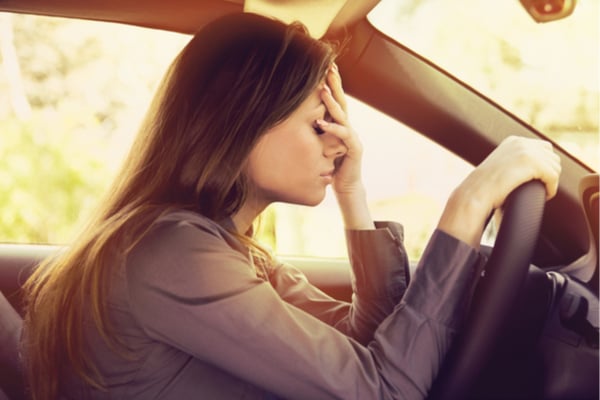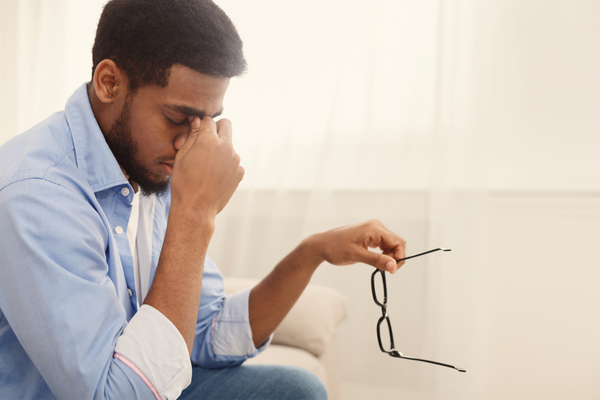
Anxious while driving? Occupational therapy can help.
Does the thought of driving worry you? Getting behind the wheel and driving, or simply being in a moving car, can be an overwhelming and anxious experience for some drivers and passengers.
Anxious feelings associated with vehicles may be the result of car accidents (whether you have been in one previously or are afraid of getting into one). It is crucial to note that not everyone who experiences anxiety from driving will avoid driving.
If you experience anxiety but decide to continue to drive, you may become aware of your "safety" or you may develop avoidance behaviours to help you cope. Examples of these “safety” or avoidance behaviours include gripping the steering wheel harder than usual or closing your eyes when traveling as a passenger.
What does anxiety while driving look like?
Imagine getting into your car and driving to your destination. Physically, you may notice your heart racing and your palms sweating. Mentally, you may feel a sense of panic or fear of losing control, worry about getting into an accident, or worry about other cars hitting yours.
This may cause your focus to shift or narrow when driving and you may even avoid driving entirely. By avoiding driving or only driving to destinations that are necessary, you may find yourself disengaging from social and/or recreational activities.
The vicious cycle of anxiety
- The anxiety you feel when you think about a feared situation you can't control (in this case driving), is the start of this cycle.
- As your body scans the environment for threats, your physical symptoms worsen and your focus shifts to yourself.
- If you are feeling or anticipating anxiety, you may try to alleviate your anxiety by avoiding that situation.
- Avoidance provides instant short-term relief from the anxiety but may make it worse in the long run.
- "Safety" behaviours reinforce the brain into thinking that you should be afraid of but they truly don’t protect you from future accidents.
What is exposure therapy?

According to the Centre for Addition and Mental Health (CAMH), exposure therapy involves directly or indirectly exposing the person to the original memory of trauma to help them deal with anxiety, and learn to integrate triggers or reminders from the original trauma rather than avoiding situations to manage these feelings.
Reversing the vicious cycle of anxiety
- Graded exposure can help you resume driving or travelling in a vehicle as a passenger.
- Graded exposure involves gradually confronting your fears ranging from least anxiety provoking to most anxiety provoking by using a list.
- The goal is to progress through this list in a structured and repetitive manner, to build your confidence by applying coping techniques and lessen the anxiety in the long run.
The role of occupational therapists (OTs) in exposure therapy
OTs use and integrate exposure therapy principles and techniques in their treatment sessions for a wide range of clients, including individuals who feel anxious while driving or as a passenger in a vehicle. If you ever feel like you need support, please reach out.
Our mental health professionals can help. Check our locations page to find a clinic near you or book online to schedule an appointment.
